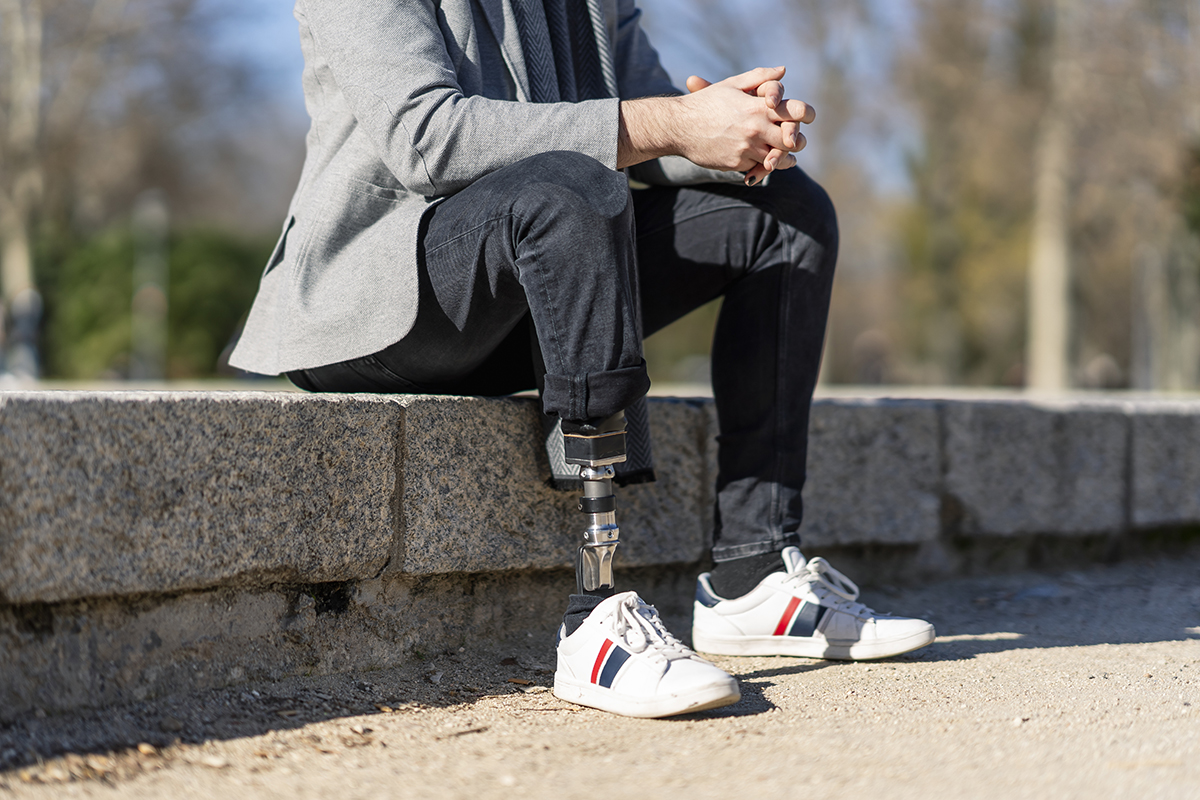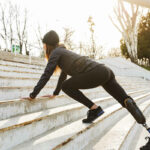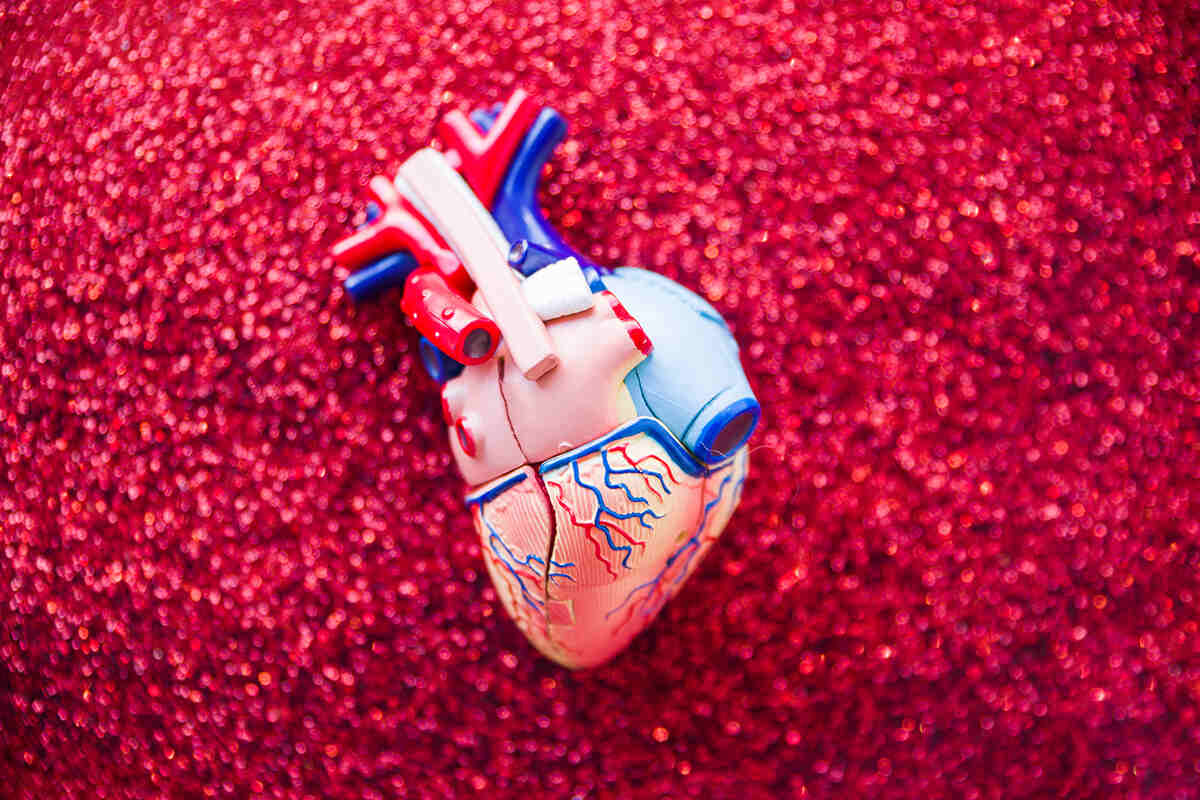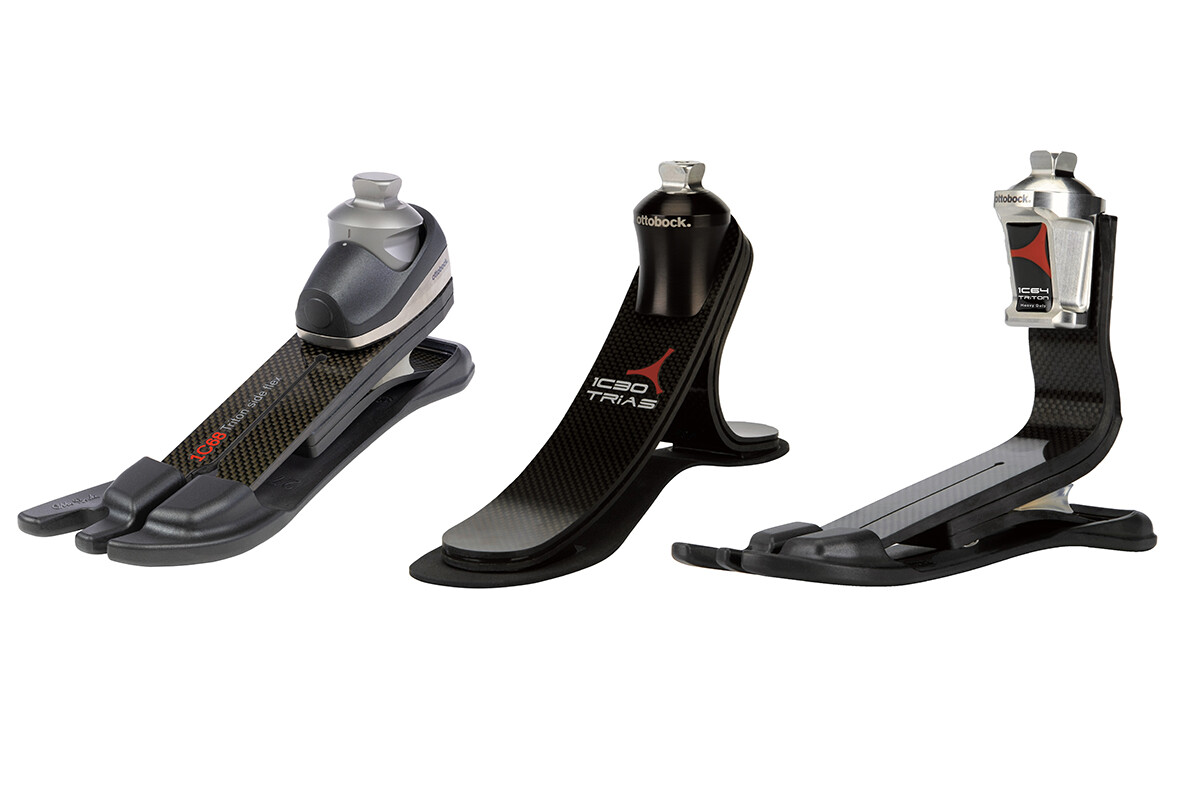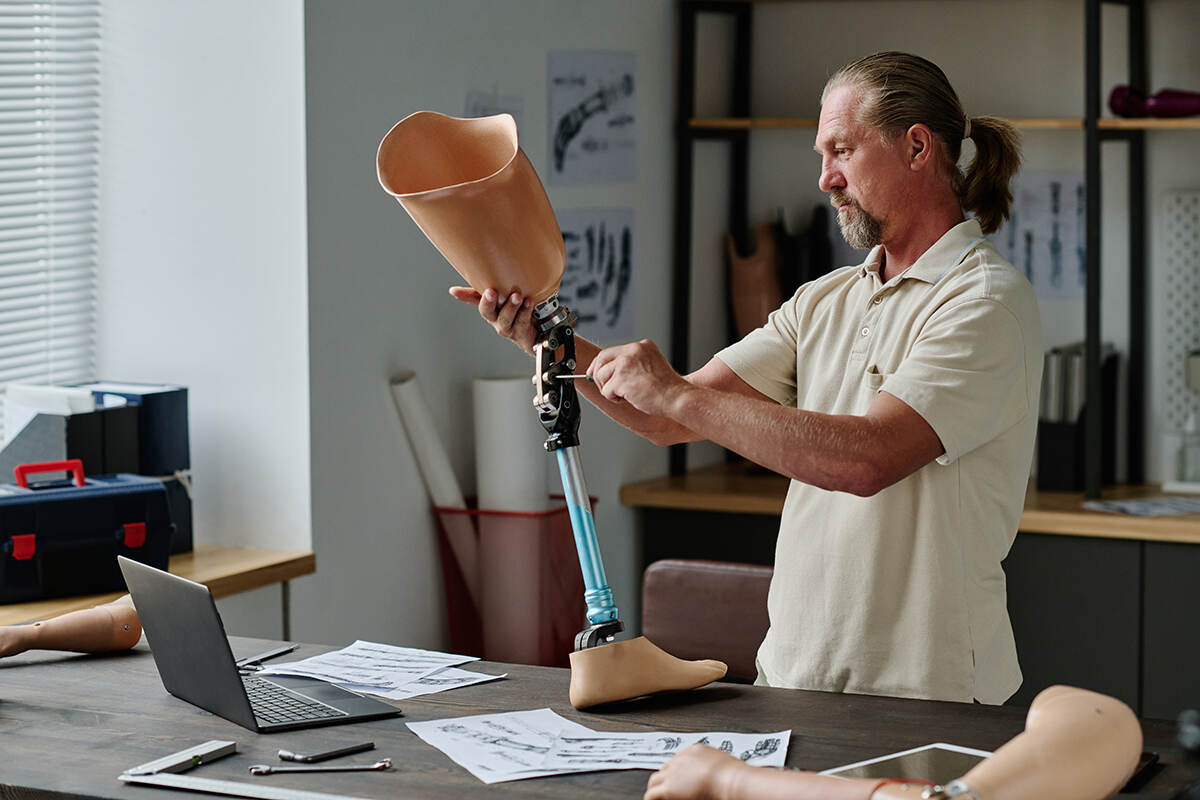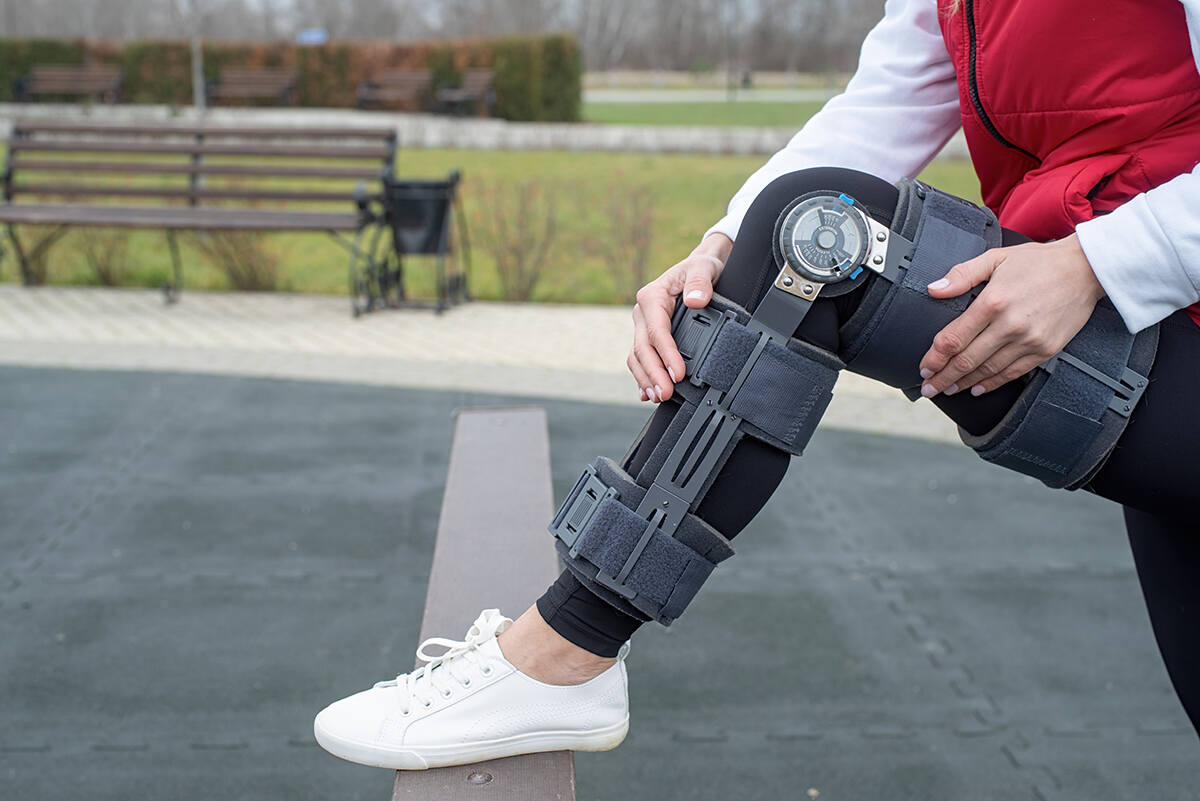Navigating the world of fashion as an amputee can be challenging, but that doesn’t mean you have to compromise on style, comfort, or confidence. In this blog post, we’ll walk you through the best way to wear pants with prosthesis, offering tips and tricks that’ll make dressing a breeze and help you rock your unique look with ease.
Key Takeaways
- Choose the right pants for your prosthesis to feel confident and comfortable.
- Athletic wear, jeans & trousers, dress pants & formal attire can be adapted with specialized features.
- Use adaptive clothing or customizing techniques for easier dressing experience.
Choosing the Right Pants for Your Prosthesis
Mastering the art of wearing pants with a prosthesis begins with selecting the right pair for your needs and preferences. Take into account factors such as the bulkiness of your prosthetic around the knee, potential shrinkage of your residual limb throughout the day, and your need to adjust your equipment.
Above all, selecting the right pants can help conceal your prosthetic leg, boosting your self-esteem without drawing unwanted attention.
Jeans and Trousers
Jeans and trousers are versatile options for amputees, but finding the perfect pair may require some research. Look for options specifically designed for amputees, often featuring reinforced areas or adjustable closures to accommodate prosthetic limbs. Soft fabrics and adaptive clothing can also provide added comfort. Don’t hesitate to seek advice from a support group for amputees to get recommendations on the best clothing options.
Some brands offer adaptive jeans and trousers, like No Limbits and Amp Pants, which provide inseam zippers and reinforced fabric for added comfort and durability. When measuring for length, measure from the crotch seam to the bottom of the pants or to the bottom of the ankle bone if measuring a standing person. Remember to choose pants wide enough to accommodate your prosthetic leg comfortably.
Athletic Wear and Leggings
Athletic wear and leggings can be a game-changer for amputees, offering comfort and ease of movement. They provide a flexible fit and support the residual limb, ensuring a secure and snug fit for the prosthesis. Leggings can also:
- Protect the skin from irritation and chafing caused by the prosthesis
- Help regulate body temperature during physical activity
- Provide compression and support for the muscles
- Enhance mobility and range of motion
By wearing athletic wear and leggings, amputees can enjoy a more comfortable and active lifestyle, allowing them to use their remaining legs with ease.
Adaptive clothing designed for people with physical disabilities is the best type of athletic wear for amputees. It features:
- Reinforced areas for added durability
- Specialized leggings with added pockets for maximum function and comfort
- Leggings that can accommodate a prosthetic leg with extra room in the leg area
- Hidden zippers for easy access
This type of clothing provides the necessary support and convenience for amputees during physical activities.
Dress Pants and Formal Attire
Dress pants and formal attire might seem daunting for amputees, but with the right approach, you can confidently attend special events or work in professional settings. The brands below offer dress pants designed for amputees, with features like extra space for prosthetic limbs and hidden zippers for easy access:
- Silverts
- Apparel for Amputees
- No Limbits
- Buck and Buck
- Tommy Hilfiger Adaptive
To fit dress pants over a prosthetic limb, consider the following options:
- Look for specially designed pants for amputees with a shorter length on one side.
- Use a sleeve or covering to prevent pants from tearing or riding up.
- For formal wear, look for adaptive clothing made from soft, stretchy materials like spandex or lycra, which provide flexibility for the limb.
- Look for pants that feature reinforced fabric and inseam zippers to accommodate prosthetics.
These options will help ensure a comfortable fit and allow you to wear dress pants with ease.
Preparing Your Prosthesis for Pants
Preparing your prosthesis properly is crucial before dressing. An effective strategy is the ‘plastic bag trick’ which entails placing a plastic grocery bag over the prosthetic device or shoe for reduced friction, making the pants easier to slide on.
In addition, dressing aids like pants dressing aids and adaptive clothing with side-zip slacks or elastic waistbands can make donning and doffing significantly easier.
Plastic Bag Trick
The plastic bag trick offers a straightforward and efficient way for amputees to put on pants on a prosthesis. Placing a plastic grocery bag over the prosthesis lessens friction, simplifying the process of sliding pants over the prosthetic leg.
The plastic bag trick is a low-risk, easy-to-use method for amputees that can make a significant difference in their daily dressing routine. Just grab a plastic grocery bag and give it a try next time you’re putting on pants with your prosthesis.
Putting on Pants with a Prosthesis: Step-by-Step Guide

With the right pants selected and your prosthesis prepared, you’re ready to dress. The procedure may differ for above-knee, below-knee, or bilateral amputees, but generally, you should begin with your intact leg, put on your socks and shoe, and then pull the pants up over the prosthetic leg.
Above-Knee Amputees
For above-knee amputees, here’s how to get dressed:
- Attach the prosthetic leg securely to your residual limb.
- Slip your intact leg into the pants.
- Put on your socks and shoe on the non-amputated leg.
- Slide the pants up over the prosthetic leg and adjust them for a comfortable fit.
To make dressing even easier, consider jeans or trousers with adaptive features like inseam zippers, reinforced fabric, and extended leg openings, such as the Amp Pant by No Limbits. These specialized pants accommodate the prosthetic leg more comfortably, allowing for a better fit and increased ease of dressing.
Below-Knee Amputees
If you’re a below-knee amputee, try lying on your back and using your hands to pull up your pants. This method allows for more independence and control while dressing.
To make dressing easier, look for pants with features like inseam zippers, reinforced fabric, and adjustable hems, which accommodate your prosthesis better.
Bilateral Amputees

For bilateral amputees, putting on pants with prostheses can be challenging, but there are techniques and assistive devices that can help. Try attaching a small ring to your zippers for easier grasping or using a knee scooter to assist with dressing.
Pants with features like:
- inseam zippers
- reinforced fabric
- adjustable hems
- internal pull-up loops
can make dressing more manageable for bilateral amputees.
Tips for Making Pants More Comfortable with a Prosthesis

Having mastered the art of wearing pants with a prosthesis, there are a few extra tips to enhance comfort. A belt can help secure the pants around your waist, and prosthetic socks and liners can offer additional padding and protection for your residual limb. Don’t forget to add socks for extra cushioning and support while wearing pants.
Adaptive Clothing
Adaptive clothing is a game-changing option for amputees seeking comfort and functionality. These garments are designed with features like easy-grip pull-up pants, elastic waistbands, Velcro or snap closures, and modifications to accommodate prosthetic limbs.
The benefits of adaptive clothing go beyond just comfort and ease of use. They also reduce stigma and encourage inclusivity by providing fashionable choices for people with disabilities.
Customizing Pants
For a better fit with your prosthesis, you might want to customize your pants. You could add extra fabric to the waistband, create a pocket for the prosthetic, or add a zipper or Velcro closure. The type of prosthesis you have can also guide your customization choices, so take into account your unique needs and preferences.
To customize your pants, use high-quality materials like reinforced fabric, inseam zippers, and lightweight fabrics for added comfort. For more advanced customizations, consider working with a seamstress or tailor experienced in adaptive clothing to ensure the best results.
Summary
In conclusion, wearing pants with a prosthesis doesn’t have to be a daunting task. By choosing the right pants, preparing your prosthesis, and following our step-by-step guide, you can confidently wear pants with ease and style. Remember to explore adaptive clothing options and consider customizing your pants for the perfect fit. With the right approach, you can conquer the world of fashion and embrace your unique look as an amputee.
Frequently Asked Questions
Can you wear clothes over prosthetics?
Yes, people who wear prosthetics can wear clothes but it is important for them to consider clothing options that accommodate fluctuations in residual limb size and wear and tear of the prosthetic joint.
What do you wear under prosthetic leg?
Underneath a prosthetic leg, it’s important to use liners to provide the necessary protection and comfort. Common types of liners include Thermoplastic Elastomer (TPE) and Gel Liners, which are soft and flexible enough for people with sensitive skin or those new to prosthetics. Prosthetic socks and liners serve to distribute pressure and manage friction between the residual limb and the prosthesis.
Why do people with prosthetics wear shorts?
Lower limb amputees find comfort in wearing shorts during warm weather, which helps provide relief from the heat. That’s why they may wear them more often than other clothing options.
What types of pants are suitable for amputees?
Amputees can feel confident wearing jeans, sweatpants, or any other kind of trousers with their prosthesis; it’s all about finding the style that works best for them.
How can I prepare my prosthesis for wearing pants?
To make it easier to put pants on with your prosthetic device, try using a plastic bag as a friction reducer. Place the bag over your prosthetic and slide your pant


